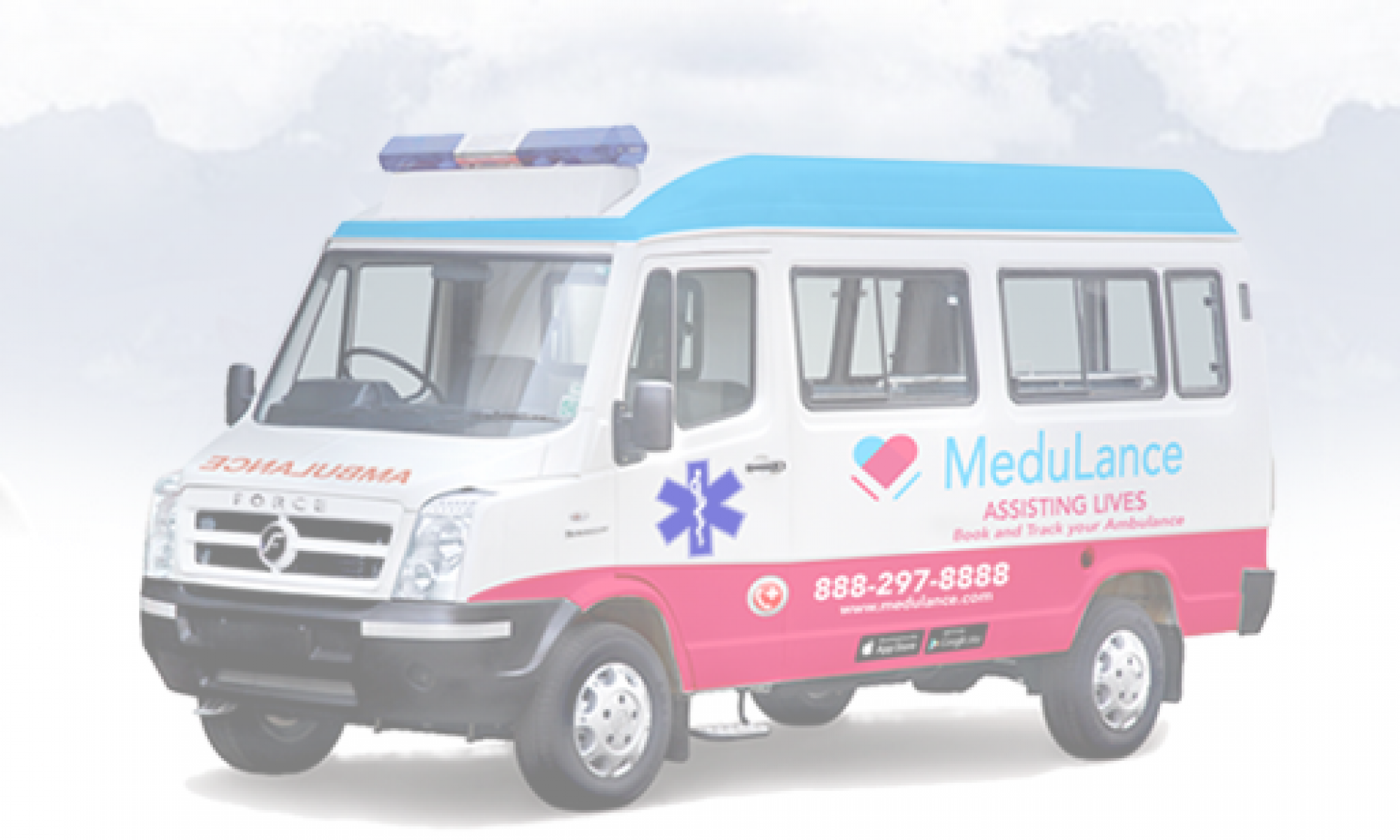Since independence, advancements in healthcare have become one of India’s largest sectors both concerning revenue & employment.
The sector is growing at a considerable pace and increasing its coverage over the nation. Healthcare comprises hospitals, telemedicine, medical tourism, health insurance, and technological advancement in the pharmaceutical sector.
In recent years, medical researchers are talking about the latest terms of healthcare industry such as IoT in healthcare, e-health, m-health, app-based diagnosis, online ambulance booking, big data analytics on the EMRs, promoting generic drugs, and so on.

Modernization of Indian healthcare:
Increase in purchasing power of the citizens, an aging population, growing health awareness had helped them to change their attitude towards a healthy life and this leads to more substantial demand for preventive health care. Here are a few of the trends that are aiding Indian healthcare:
Affordability and quality:
- There is an increase in availability of trained medical professionals across the nation who are helping the system to make healthcare more affordable and accessible.
- Cost-effective yet high-quality medical services and medical equipment manufacturing had placed India at a competitive place for its peers in the West and the remaining Asian countries.
Governmental policies:
- With the aim of making India a global healthcare hub, the government provides policy support in the form of a reduced tax levy.
- Creating and providing infrastructural aid such as building new drug testing laboratories and strengthening existing state laboratories.
The shift to lifestyle diseases:
- With increasing urbanization and problems belonging to modern-day living in the urban culture, there has been an increment in the demand for specialized care.
- High cholesterol, high blood pressure, obesity, poor diet, and alcohol intake cause most lifestyle diseases.

Telemedicine:
- Telemedicine is one of the fast-emerging sectors in India with the involvement of significant hospitals such as Apollo, AIIMS, etc.
- As of FY16, the telemedicine market in India was valued at US$ 15 million and is expected to rise at a CAGR of 20 percent during FY16-20 to reach US$ 32 million by 2020.
- With telemedicine, we can see growth in medical facilities in rural areas. It will aid support in low-cost consultation and diagnosis facilities in remote areas through high-speed internet connectivity.

Mobile-based health delivery:
- Robust mobile technology infrastructure and 4G connectivity are driving mobile health initiatives in the country.
- Medulance aims to reach emergency situations throughout the nation with its app-based model for booking an ambulance and other emergency services.
- In India, the mobile health industry is expected to reach US$ 0.6 billion by 2017.
It was the youth who played a significant role in explaining the importance and understanding of wellness in India to their parents and loved ones and made them value health more than any other material thing. Relatively low medical cost and clinical research, a rise in medical tourism, and recognition of Indian healthcare at the global level are a few factors that are attracting patients from across the world. It is making India a desirable and developed nation for advanced medical treatment and other technological developments in the healthcare sector.
To conclude, the opportunities are prominent in the Indian healthcare segment which will create a highly efficient healthcare system for the country as well global healthcare economy in the coming years.
